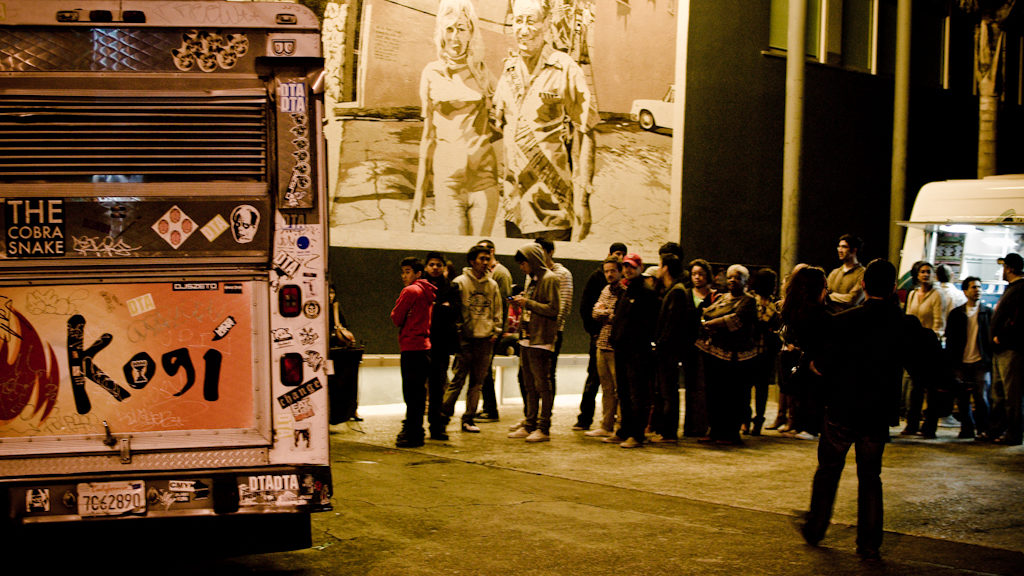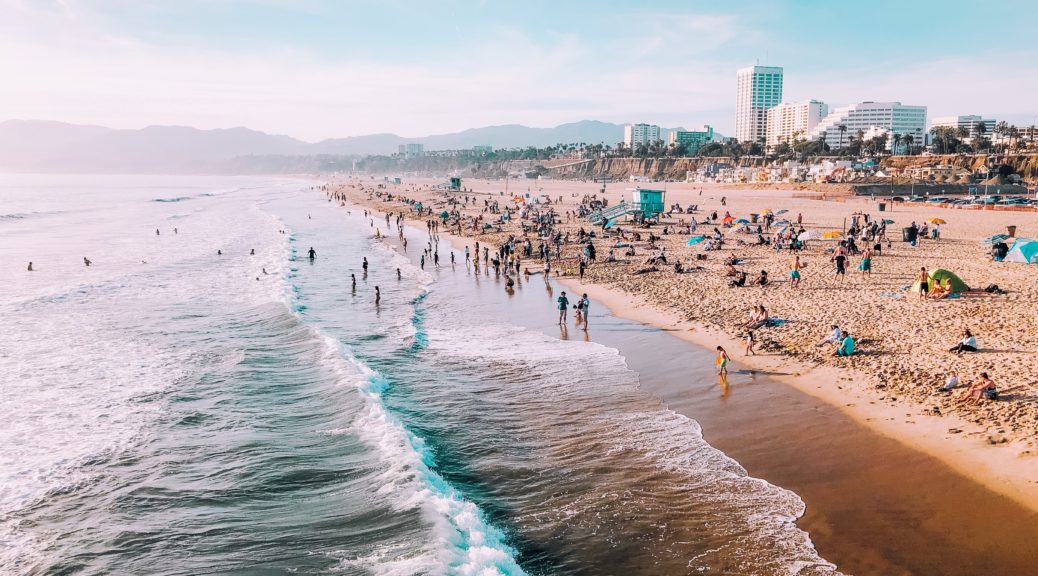By Maggie Deagon
To call one person the face of Los Angeles would be reductive. With its diverse cultural representations and geographic vastness, it seems disingenuous, if not impossible, to represent this city with a single face. But perhaps, I could suggest a single thing—specifically, a food truck. More specifically, the Kogi truck.
You may not have heard of Roy Choi, but certainly you’ve heard of his food. With vehicles catering the entire city, the Kogi truck is perhaps Choi’s most famous creation. Check the Kogi Twitter account (@kogibbq) for live updates on where they’ll be for the day; sometimes they stop at USC for a brief late-night dinner! With all the other food truck options around USC (and in LA for that matter), you may wonder what makes Kogi so special. Well, for starters, the Kogi truck essentially launched the food truck revolution in Los Angeles, so you have them to thank for the gourmet offerings on Jefferson and McClintock. If that’s not enough to impress you, consider this: Roy Choi’s Kogi truck exemplifies the fusion that IS Los Angeles.
Spanish-speaking and Korean-speaking communities make up a significant portion of Los Angeles, particularly in the areas adjacent to USC. Bustling Koreatown is just a few miles away, and authentic tamales and pupusas are available for sale pretty much everywhere—even on our campus each Wednesday at the McCarthy Quad farmers’ market. Roy Choi was born in South Korea but grew up in Los Angeles, specifically South Central. The food he concocts for his Kogi trucks reflects the city in a bite, a effortless combination of two vastly different cultures. Thanks to Roy Choi, kimchi tacos are as popular as french fries. Well, maybe not quite, but more and more people becoming familiar with the combo and favor it as a go-to treat.
Fusion is a sticky subject among food lovers; it tends to stir up issues of authenticity. Roy Choi did grow up in a community where both authentic Korean and Latin flavors ruled, but does he have the right to repurpose the burrito—a staple of a culture not his own—to highlight Korean ingredients? The thing is, Roy Choi has always credited his creations to his community, emphasizing the role the city’s people have played in his flavor combinations. Though the burrito is not his own to repurpose, he sees his fusion as an expression of gratitude.
Continue reading Los Angeles is… Roy Choi





